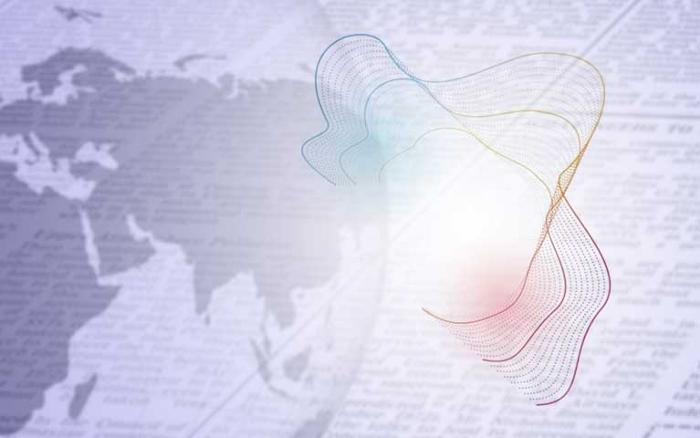

José María Zarzuela (AEDICI): C&R facilities move towards digitalisation and sustainability
Air conditioning and refrigeration installations are tending towards digitalisation, energy efficiency, sustainability, decarbonisation of buildings and integration with control systems, as José María Zarzuela Fernández, president of the Spanish Association of Engineering and Installations Consulting Engineers (AEDICI), points out in the following interview. He also discusses market trends and the importance of design, execution and control of operation and maintenance.
What are the latest technological trends in air conditioning and refrigeration installations engineering?
In recent years, the trends in the field of installations engineering are digitalisation, energy efficiency, sustainability, decarbonisation of buildings and integration with control systems. Particularly noteworthy are the use of high-efficiency heat pumps, both air-to-water and geothermal, even in buildings with high demands; real-time monitoring through advanced BMS platforms and digital twins, which allow optimisation of the operation from day one; and the use of artificial intelligence to adjust operating parameters depending on the real behaviour of the building and the outside climate.
Also noteworthy are the application of energy recovery systems in high-performance ventilation; the use of natural and artificial refrigerants with low GWP; and the use of heat pumps with refrigerants that reach temperatures above 70°C, which make them likely to replace fossil fuel boilers.
What other market trends are currently gaining ground?
Developers, aiming to add extra value to their buildings, are increasingly seeking designs based on environmental, social and governance criteria, as well as certifications such as WELL, BREEAM, or LEED, which value not only efficiency but also the environmental impact throughout the life cycle. There is also a growing focus on active decarbonisation of existing buildings, where air-conditioning upgrades play a key role in reducing the carbon footprint.
They are also increasingly demanding a commitment to predictive maintenance and data utilisation to extend the lifespan of installations, as well as highlighting the growing importance of industrial and logistics refrigeration as strategic sectors, where the demands for efficiency, control, and reliability are extremely high.
What aspects should be considered in the design and execution of installations?
The design should be based on a holistic view of the building and its intended use. It is not enough to comply with current regulations—which set only minimum standards. Rather it is necessary to anticipate future conditions, ensure future flexibility, and guarantee interoperability between systems.
Key considerations include: accurately adjusting power to devices through well-calculated engineering, avoiding excess power; carefully studying comfort zones, variable uses, building orientations, and internal loads; considering acoustics, air currents, and temperature gradients; planning for accessibility to equipment, maintenance spaces, drainage points, etc.; and coordinating early on with architecture, structural design, and other systems.
Why is the control of the operation and maintenance of installations so important?
Because the real performance of installations depends not only on good design, but also on how the installations are managed on a day-to-day basis. A system can be excellent on paper, but inefficient in practice if it is not properly monitored, adjusted and maintained. We have sometimes monitored installations where we were involved from the design phase through integration into the BMS, only to find air-conditioning units running during holidays with no building occupancy.
Proper monitoring enables: optimisation of energy consumption; early detection of faults or deviations; adaptation of operation to actual occupancy or external conditions; and compliance with regulatory and environmental requirements throughout the building’s life cycle. Moreover, in an increasingly digitised environment, maintenance is no longer reactive but predictive and data-driven, resulting in a radical improvement in cost and reliability.
What are AEDICI’s commitments to the sector?
AEDICI is committed to the professionalisation of the sector, with increasingly specialised installation engineering, connected to the challenges of the energy transition, digitalisation and the quality of the indoor environment.
We are also pushing for a clearer recognition of partial installation projects, essential in modern building, but often undervalued in relation to overall projects. Correct integration from the outset makes the difference between efficient and problematic buildings.





